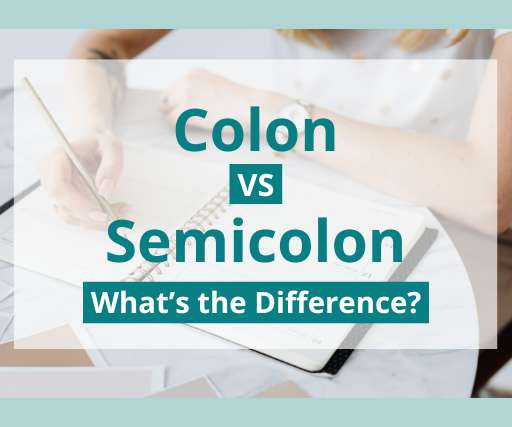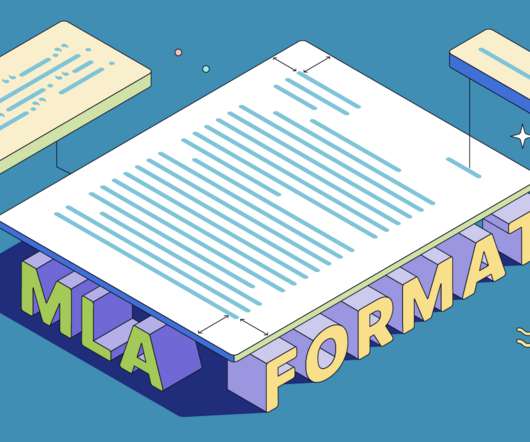Semicolon vs Colon: What’s the Difference?
ProWritingAid
JANUARY 11, 2023
Semicolons are used to connect clauses while colons are used to introduce information. Find out how to use the semicolon vs colon correctly in your writing.

 semicolon-vs-colon
semicolon-vs-colon 
ProWritingAid
JANUARY 11, 2023
Semicolons are used to connect clauses while colons are used to introduce information. Find out how to use the semicolon vs colon correctly in your writing.

Grammarly
FEBRUARY 5, 2024
While dependent clauses always require subordinating conjunctions, independent clauses use a semicolon or a coordinating conjunction ( for , and , nor , but , or , yet , so ) to connect with each other. Stative vs. dynamic verbs When discussing verb tenses, it’s important to know the difference between stative and dynamic verbs.
This site is protected by reCAPTCHA and the Google Privacy Policy and Terms of Service apply.

Grammarly
DECEMBER 2, 2022
A colon introduces an element or series of elements that illustrates or amplifies the information that precedes the colon. . Though using a colon may seem confusing, its function is straightforward. When a colon appears in a sentence, it usually gives the silent impression of “as follows,” “which is/are,” or “thus.”.

Grammarly
JANUARY 11, 2023
MLA vs. APA, Chicago, and other formats. If a note is needed in the middle of a sentence, place it after a punctuation mark like a comma, colon, or semicolon. One benefit of doing this is that you’ll see approximately how many pages your final draft will span before you reach that stage.

Grammar Underground
APRIL 26, 2021
Here's a mistake I've seen several times lately; using a semicolon instead of a colon in a sentence like this. Colons can introduce information, sort of like a drumroll. Semicolons separate complete clauses — units that could stand alone as sentences. Semicolons and colons have other jobs.
Let's personalize your content